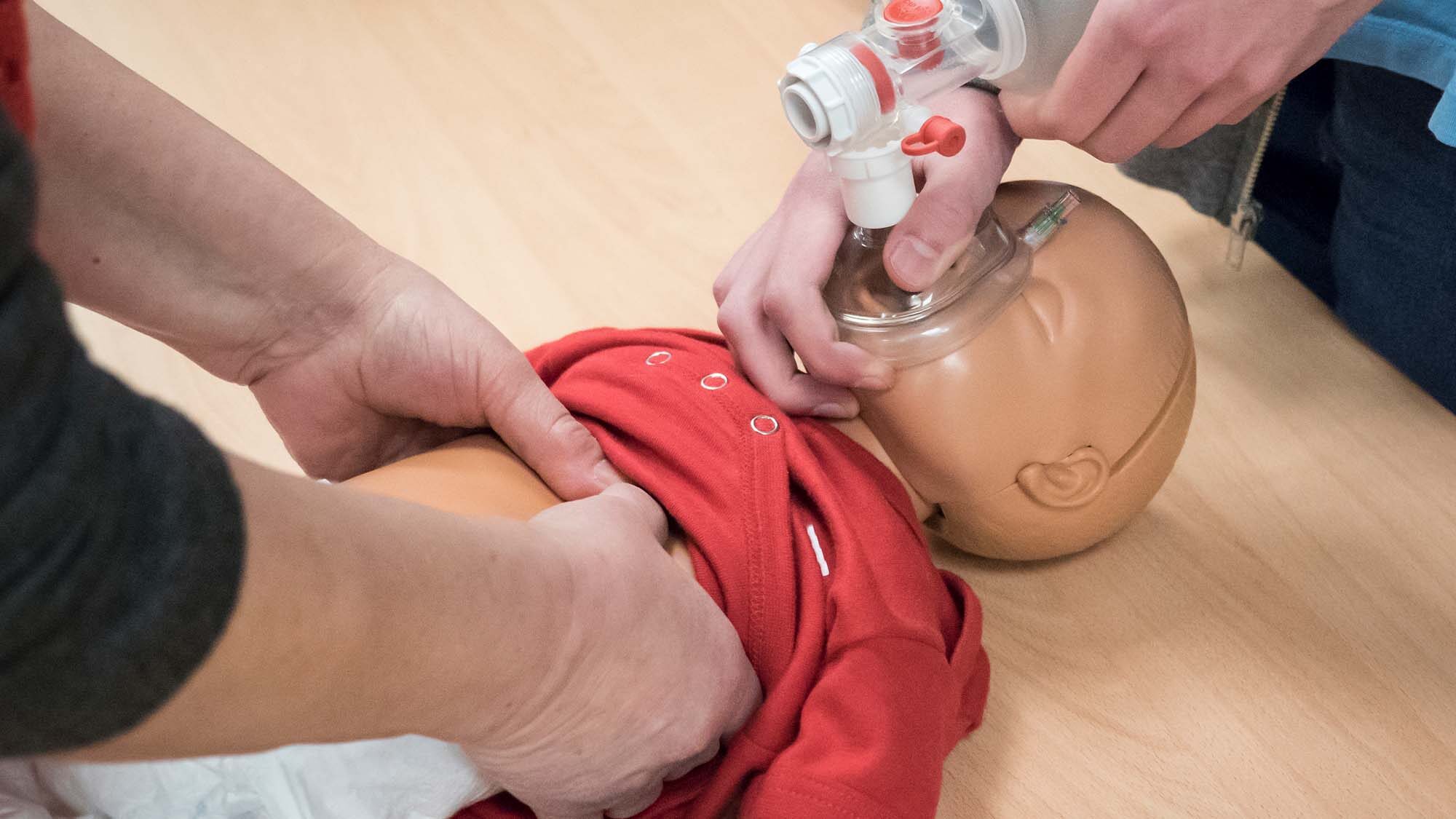
From time to time we like to feature other medical careers and opportunities that our clients and customers have expressed interest in.
Radiology is the medical practice of using imagery such as x-rays, MRI, and nuclear medicine to diagnose patients. Here is a brief breakdown of the different career options within radiology.
X-ray Technician. An X-ray technician is the entry-level position into the field of radiology. X-ray techs can be trained at a trade school in a one or two-year program. Training for an X-ray tech position involves learning how to operate imagining equipment as well as positioning patients. X-ray techs do not discuss results or offer any diagnosis.
X-ray Repair Technician. An X-ray repair technician is trained in the maintenance and repair of imaging equipment. This position is not involved in seeing patients, just the upkeep of equipment.
X-ray Technologist. This position is similar to X-ray technician, but the education is more extensive. An X-ray technologist obtains their bachelor’s degree in the field of radiology.
Radiologist. A radiologist actually interprets the imagery, in addition to being trained on how to use the equipment. A radiologist can also handle the radioactive materials used in nuclear medicine.
All of the above positions are in strong demand, and many schools offer accelerated courses for people looking to get into a career as quickly as possible. Radiology is an excellent career that offers numerous options for growth and advancement.
Common procedures/interventions
Clinical radiology has been at the forefront of minimally invasive techniques. This is known as interventional radiology and clinicians use guided procedures to diagnose and treat diseases in almost every organ system. X-ray, ultrasound, MRI and CT are used to guide and direct a wide variety of interventional treatments throughout the body. These minimally invasive techniques reduce infection rates and have shorter recovery times. The procedures are often performed as day surgery, or might involve an overnight stay for the patient.
There are many interventional techniques which include:
- oesophageal stents – a small flexible tube is inserted into the oesophagus, using imaging to assist the process. This technique is used to treat blockages of the oesophagus
- angioplasty – insertion of a balloon or stent to open a narrowed or blocked artery and allow blood to flow more freely
- angiography – x-ray of arteries and veins to diagnose blockages and other problems
- biliary drainage and stenting – insertion of a stent to open up blocked ducts and allow bile to drain from the liver
- needle biopsy
- treatment of internal bleeding by injecting a clotting substance
- treatment of arteriovenous malformations – blood vessel abnormalities which can lead to rupture. A substance is injected that blocks the supply of blood to the affected blood vessels.









